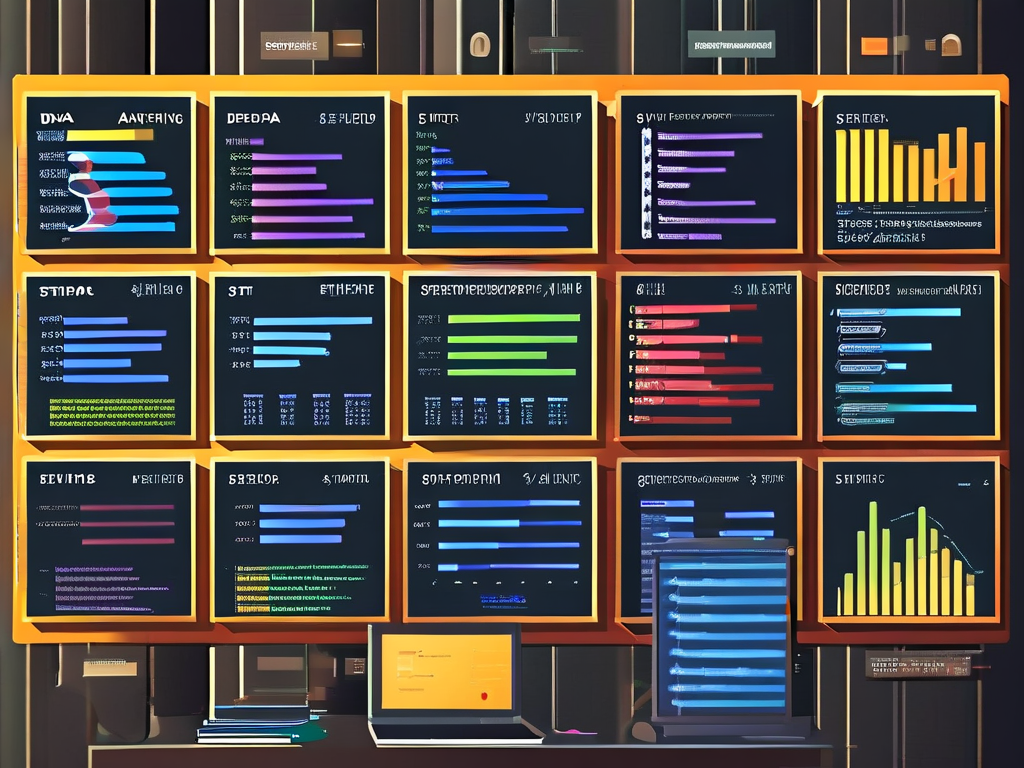In the dynamic field of data analytics, professionals rely on a curated set of algorithmic approaches to extract meaningful insights from complex datasets. While the specific tools may vary across industries, four primary categories form the backbone of modern analytical workflows.

1. Predictive Modeling Algorithms
At the core of data-driven decision-making lie predictive models. Regression analysis serves as the workhorse here, with linear regression handling continuous outcomes like sales forecasting, while logistic regression excels in binary classification tasks such as customer churn prediction. Decision trees and their ensemble counterparts (Random Forests, Gradient Boosting Machines) have gained prominence for handling non-linear relationships in datasets. A retail analyst might implement these to predict inventory demand, adjusting for seasonal variations and market trends.
2. Pattern Discovery Techniques
Clustering algorithms like K-means and hierarchical clustering enable analysts to identify natural groupings within data. Market segmentation projects frequently employ these methods to categorize customers based on purchasing behavior. For high-dimensional data, dimensionality reduction techniques such as Principal Component Analysis (PCA) prove invaluable. Consider a healthcare researcher analyzing patient records – t-SNE might reveal hidden patterns in symptom clusters that inform treatment protocols.
3. Relationship Mining Approaches
Association rule learning, exemplified by the Apriori algorithm, powers recommendation systems and basket analysis. E-commerce platforms leverage these to suggest complementary products – if customers frequently buy smartphones with protective cases, the algorithm detects this co-occurrence. Correlation analysis and network graph algorithms further help visualize complex relationships in social media or supply chain data.
4. Optimization & Simulation Methods
Monte Carlo simulations enable risk assessment in financial modeling, while linear programming optimizes resource allocation. A logistics analyst might use genetic algorithms to solve complex routing problems, balancing delivery timelines against fuel costs. These techniques often work in tandem with predictive models to stress-test business scenarios.
Practical implementation often involves hybrid approaches. For instance, a banking fraud detection system might combine:
# Anomaly detection using isolation forest from sklearn.ensemble import IsolationForest model = IsolationForest(contamination=0.01) fraud_predictions = model.fit_predict(transaction_data)
Seasoned analysts emphasize context-driven algorithm selection. While neural networks handle image recognition tasks, simpler linear models often suffice for structured tabular data. The key lies in matching algorithmic complexity to problem requirements, data characteristics, and interpretability needs.
Emerging trends show increased adoption of automated machine learning (AutoML) tools and explainable AI frameworks. However, core algorithmic literacy remains crucial for validating automated outputs and making informed technical decisions.
Mastering these algorithmic categories equips data professionals to tackle diverse challenges – from optimizing marketing campaigns to predicting equipment failures. Continuous learning through platforms like Kaggle competitions and open-source contributions ensures analysts stay ahead in this evolving discipline.


